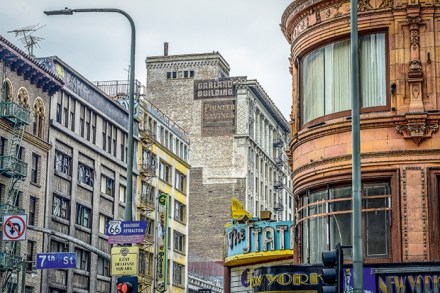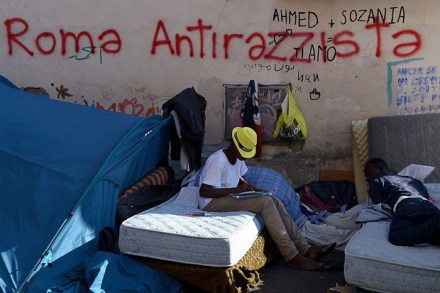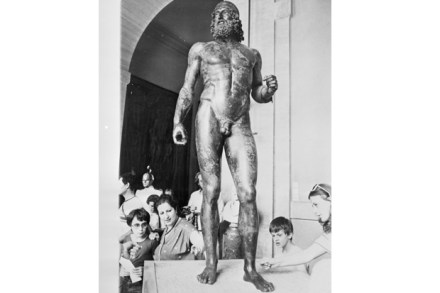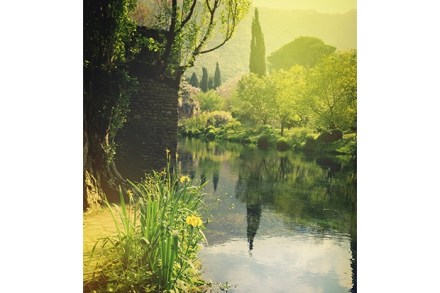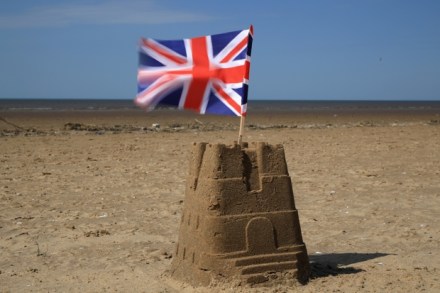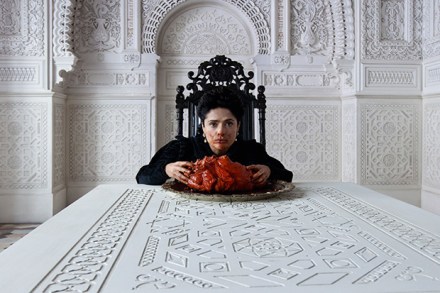Root and branch
Eventually,’ said Michelangelo Pistoletto, ‘it became a movement. In fact, I believe that arte povera was the last true movement. Since then all artists have been individuals.’ We were sitting one baking hot day last month in his cool study in Biella, a small town in the foothills of the Alps where he has established a huge museum and foundation in a series of disused 19th-century textile mills. He was discussing the group of Italian artists of the 1960s of which Pistoletto himself was a founding member. Arte povera is an umbrella phrase that covers a number of diverse artists, several of them marvellous, who emerged in Italy about half






